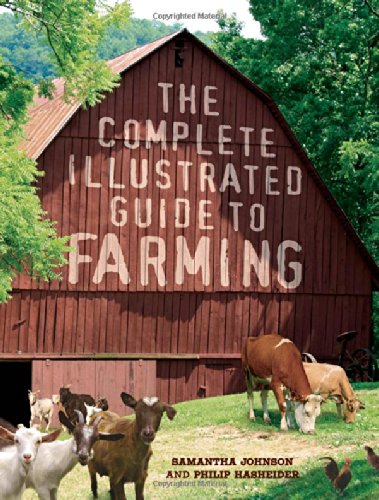

Most ebook files are in PDF format, so you can easily read them using various software such as Foxit Reader or directly on the Google Chrome browser.
Some ebook files are released by publishers in other formats such as .awz, .mobi, .epub, .fb2, etc. You may need to install specific software to read these formats on mobile/PC, such as Calibre.
Please read the tutorial at this link: https://ebookbell.com/faq
We offer FREE conversion to the popular formats you request; however, this may take some time. Therefore, right after payment, please email us, and we will try to provide the service as quickly as possible.
For some exceptional file formats or broken links (if any), please refrain from opening any disputes. Instead, email us first, and we will try to assist within a maximum of 6 hours.
EbookBell Team

4.3
78 reviewsIt fell into disuse with the advent of modern chemical fertilizers and monocropping, but this was to the peril of soil health, so rotational cropping is considered a vital spoke in the wheel of organic farming today. In its simplest form, crop rotation is the act of planting something different in a field every year. A rotational sequence is usually for a series of years, coming back to the original crop after four or more years. This cycle disrupts weed and pest activity, helps eliminate soil-borne diseases, and aids soil fertility by growing crops with different nutrient needs in a field (thereby not using up one nutrient such as nitrogen by repeatedly planting corn in the same plot). Some crops do well if rotated after other crops, and when green manures and cover crops are included in the rotation, rotational planting provides the best of all worlds.
The idea is not just to vary the crops in a field, but the family of crops. Rotating cabbage after broccoli does no good, for example, because both are in the brassica family, subject to the same pests, diseases, and nutrient needs. So the first key to a good rotational plan is to vary the crop family on any one field or area.
The first key to a good rotational plan is to vary the crop family on any one field or area.